Lady Godiva

Apart from Boudicca, Godiva is the most celebrated woman from Dark Ages Britain.
Godiva was very religious and had her jewellery converted into religious images and crosses. She was known for her generous gifts to abbeys and churches, and, with her husband, paid for churches and religious houses in Leominster, Worcester, Evesham, Burton-on-Trent, Hereford, Stowe and Chester.
In the 1040s they paid for a church in Coventry, possibly on the site of an earlier building destroyed by the Danes in 1016. On her deathbed, Godiva is said to have left her personal rosary to the church, which became a major centre of pilgrimage in the early Middle Ages.
Though considered a wise and religious figure, Leofric was involved in the brutal pillage and destruction of Worcester in 1041, after the town defied a royal tax collector. And it is said that Godiva made her famous naked horse ride as a bargain with her husband to free the people of Coventry from the heavy taxes he had forced on them.
The story of the ride was first told in the 12th century, some 150 years after her death in 1067, while Peeping Tom is a later addition, first appearing in the tale in the 17th century.
A striking statue of Godiva stands in the city's central square, Broadgate. Sculpted by William Reid-Dick, it was unveiled in 1949 and is one of the few statues of horses outside London to be listed (Grade II).
It is not known when or where she was born, but according to the Evesham Chronicle she married Leofric, Earl of Mercia, in around 1035, becoming Godiva, Countess of Mercia. She was a wealthy woman in her own right and owned land in Coventry, Warwickshire, Ansty and Madeley.
Coventry Archives
Address: Herbert Art Gallery and MuseumJordan Well
Coventry
CV1 5QP

